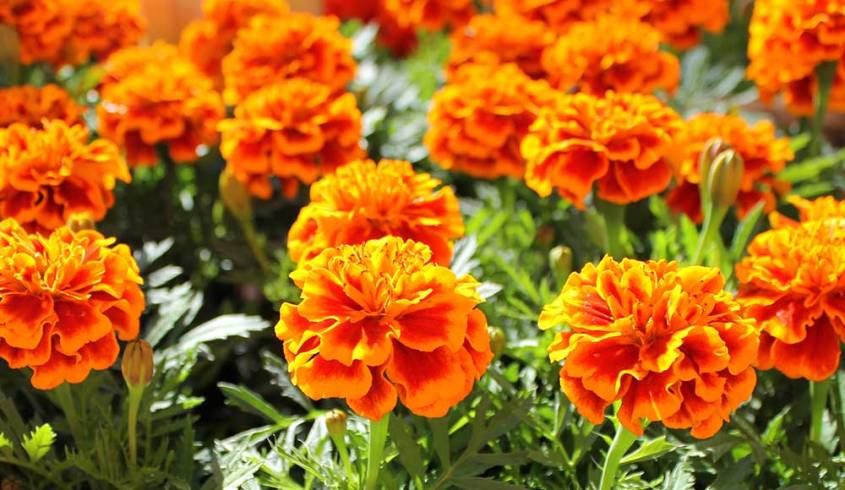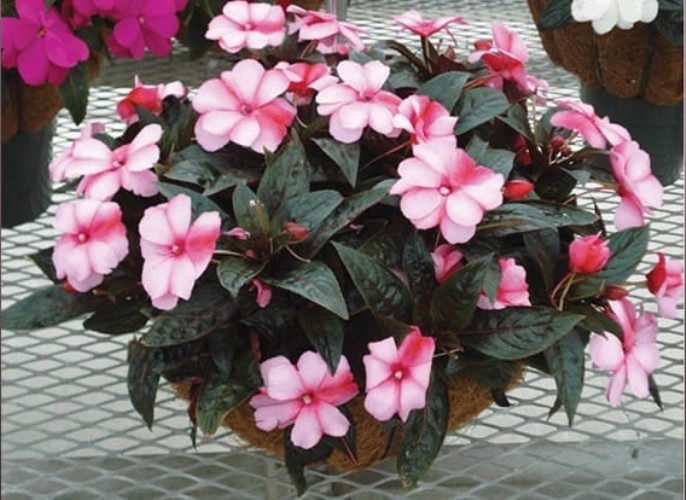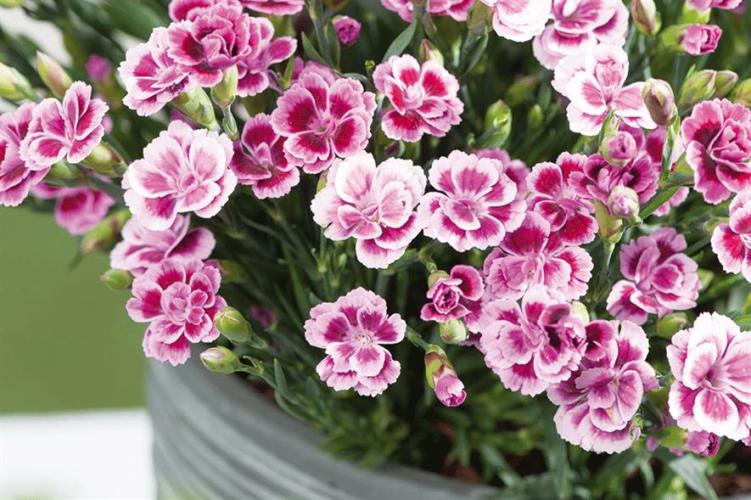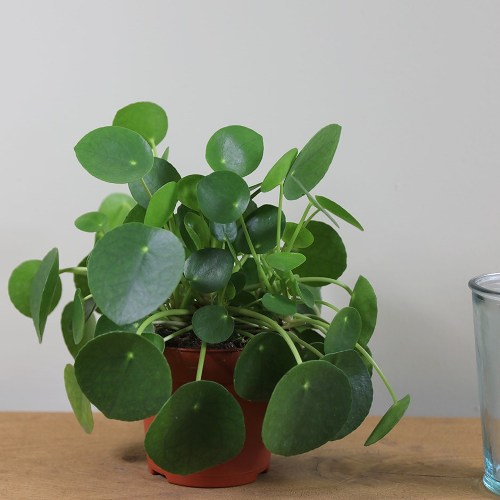
Flowers easy to grow for beginners- Reviews
"Plant these flowers to grow confidence in flower gardening."
Flower gardening for many people seems like a very difficult job. Well, it's not easy, but if you follow the steps of gardening, use eight quality soil, and water the plant as per its requirement, its not as difficult as it appears to be. If you want to gain confidence in gardening, then do try planting these easy-to-grow plants. Start with just one easy plant, or select a few and get growing.
Sunflower
-
• Blooms during summer
-
• Most varieties are drought and heat tolerant
-
• Attracts bees, birds, and butterflies
-
• Thrives in full sun
Marigold

- • Blooms spring, summer, and fall
- • Grows quickly from seed
- • Helps repel mosquitoes
- • Prefers well-drained soil, grows well in dry or sandy gardens
Pansies

- • In warmer climates pansies will bloom throughout winter and early spring
- • Attracts butterflies
- • Likes rich, well-drained soil
- • Needs regular watering
Impatiens

- • Blooms non-stop from June until frost
- • Attracts birds
- • Prefers loamy soil
- • Keep soil moist, but not waterlogged
- • Best in part or full shade
Daffodils

- • Blooms late winter or early spring
- • Plant in beds or containers
- • Plant daffodil bulbs in fall to bloom in spring
- • Provide well-drained soil
Snapdragons

- • Blooms from spring through fall in cool summer growing conditions
- • Attracts butterflies
- • Prefers well-drained soil
- • Best in full sun
Dianthus

- • Showy, fragrant flowers (clove-scented)
- • Blooms from May to August
- • Deer resistant
- • Attractive evergreen green foliage
- • Plant in well-drained soil
- • Grow in full sun to light shade
Also Read:
WHAT IS YOUR SKIN TYPE? | REVIEWS
THINGS TO CONSIDER WHILE BUYING A FOUNDATION
TIPS FOR TAKING CARE OF YOUR MICROWAVE OVEN
TIPS TO GET PERFECT EYEBROWS | REVIEWS
TOP 5 PRIMERS IN NEPAL | REVIEWS
DIFFERENT TYPES OF VACUUM CLEANERS AND THEIR FUNCTIONS














